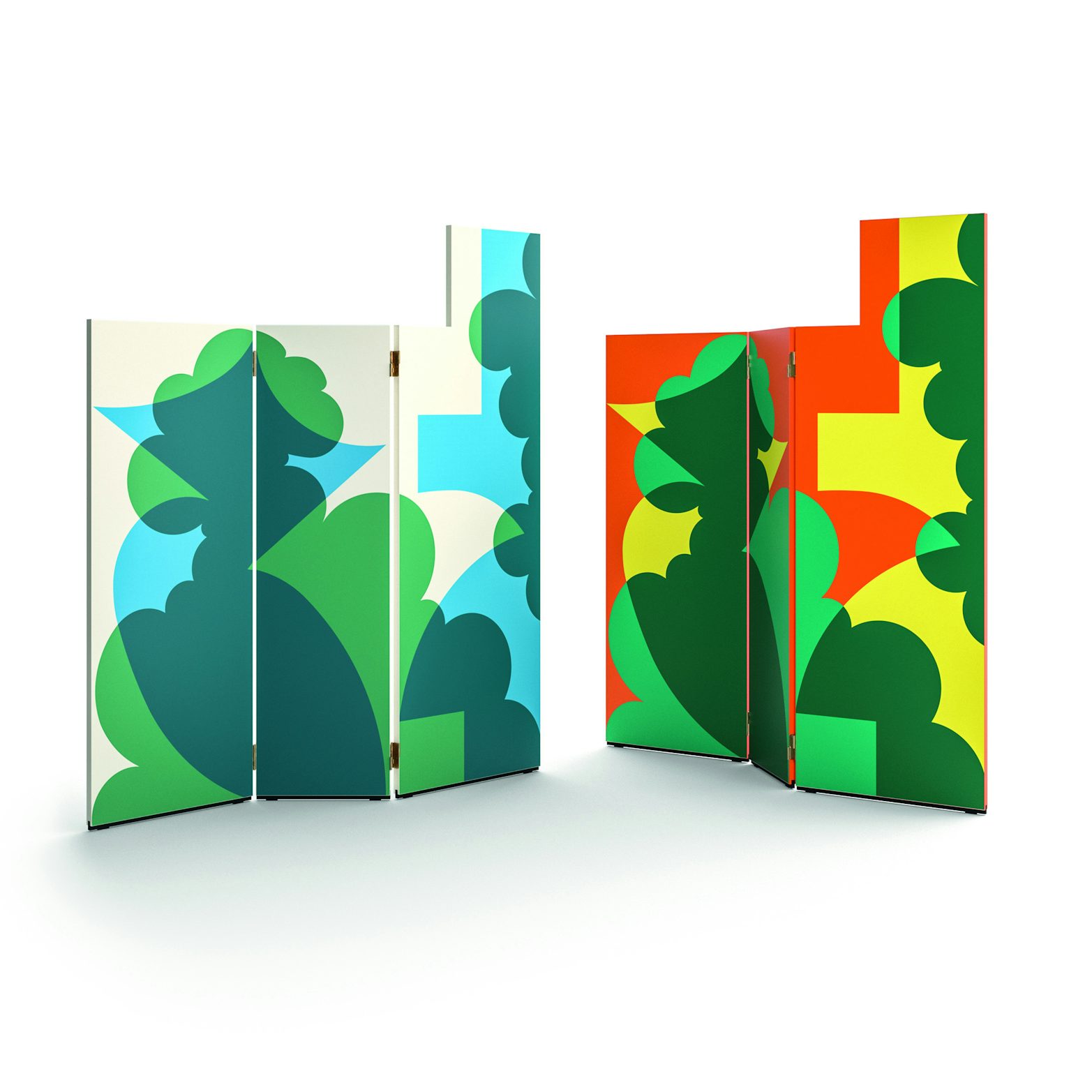Product Gallery
Video
Man Ray
UNITED STATES (1890-1976)
Man Ray (born Emmanuel Radnitzky) was an American visual artist known for his love of experimentation which included achieving some extremely innovative results using airbrushes, photographic film, and everyday objects, particularly during the 1920s and 30s.
Early development stemmed from the Dada movement in New York, where he established himself as a more radical exponent. In 1922 he moved to Paris, where he would spend the bulk of his career. There, he would create photograms but famously dub them "rayographs." While photograms were not new, Man Ray embraced the possibilities for irrational combinations and chance arrangements of objects, emphasizing the abstraction of images as well as light and shadow rather than subject matter. Around the same time, Man Ray's experiments with photography carried him to the center of the emergent Surrealist movement. Surrealism sought to reveal the uncanny coursing beneath regular appearances in daily life.
Man Ray remained an influential member of the Avante-Garde and continued to produce fine art into his final years. Man Ray's work across mediums and association with historical movements in art and culture has left an indelible stamp on the design and modern art writ large. He is remembered around the globe, in particular for his artistic wit and uniqueness.
More in Additions
View All
by Giacomo Balla
for Cassina
Paravento Balla

by Thomas E. Alken
for PP Møbler
PP961 Hang On

by Le Corbusier
for Cassina




